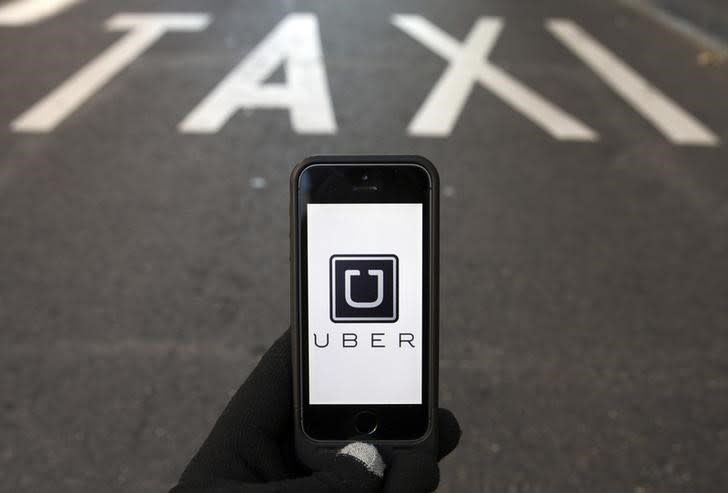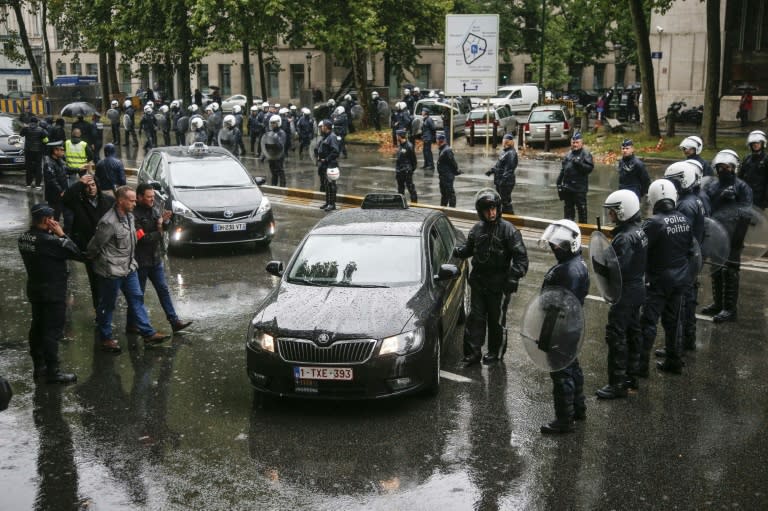COMMENT: Better to be more safe than to save

Uber is a wonderful option for commuters: fast, (relatively) affordable and best of all, convenient. Now as a regular user of the service, I’d like to tell you about my horrible Uber experience recently, and why I'm now in favour of regulating it.
I called for an Uber car, and was picked up as per normal from my home in Clementi. Things proceeded smoothly until I realised we had somehow ended up in Tiong Bahru – the Yahoo office is in Tanjong Pagar. The conversation went something like this:
Me: Do you know where you’re going?
Driver: I’m just following the GPS.
Me: Hey, you can’t make a U-turn here leh.
Driver: But the GPS is telling me to turn here.
Me: You are going against the flow of traffic. It’s a turning lane for the other side of the road.
Driver: But the GPS is telling me to turn.
After I stopped him from colliding with traffic and potentially causing a horrible accident, we somehow ended up in an underground expressway. Then he stopped at a fork right in the middle of the road to ask me the immortal question: “Which way should I go?”
As we sat there smack in the midst of raging traffic for a good minute, numerous cars honked furiously as they sped by. Any vehicle could have ploughed into the back of our car - I began to feel like an (highly expendable) extra in a Fast and Furious movie.
We eventually got underway after I told him which direction to take. I’m a firm believer that I shouldn’t have to guide my driver to the destination, but I rather do like staying alive.
And as we neared the office 45 minutes late for work, he told me it was his fourth day on the job. I nodded politely. Then I went up to my office and shot a scathing email to Uber. To its credit, it (eventually) gave me a refund after several more complaints.
While other Uber users have told me that its service recovery is excellent, they also say that the drivers are often over-reliant on GPS and have poor road sense. This corresponds with my experience as well, although I can safely say that the driver who blindly followed the GPS was a one-off.
The point is this: how can Uber put drivers like these on the road? Perhaps it has something to do with the fact that, as we all know by now, they do not require vocational licenses. Nor are they required to undergo any formal training.
Newly-minted Transport Minister Khaw Boon Wan recently said private car-sharing apps like Uber and GrabTaxi would be reviewed by the government in a bid to level the playing field for taxi drivers.
It’s part of what appears to be a worldwide turn by authorities against Uber. From Paris to Sao Paulo to Guangzhou to Hong Kong, taxi drivers have held mass demonstrations, unhappy the service is not properly regulated and has fewer overhead costs. The service has even been banned in cities such as Rio De Janeiro, Nevada and Fukuoka.

Perhaps the real focus should be on safety – after all, a poorly-equipped/trained driver is potentially endangering himself and his passengers.
According to the Singapore Taxi Academy, the requirements to get a taxi driver’s vocational license include 60 hours of classroom training, and three practical tests. One driver told me that as part of the training, he was required to verbally describe the routes from point A to point B. Applicants are also screened for criminal and traffic offences, and undergo medical check ups.
By comparison, an UberX driver only needs to be at least 25, be a Singapore citizen or permanent resident and have a valid Class 3/3A driving license for a continuous period of at least a year. But Uber drivers do undergo background checks, and UberExec drivers need at least two years of professional driving experience.
All of this is not to say taxi drivers are incapable of driving dangerously, or that they have never been unprofessional. But at the very least, there is greater quality control in determining who gets behind the wheel. And of course, there is always the threat of taxi drivers losing their license to encourage them to drive safely.
After all, I don’t ever recall a taxi driver asking me how to get to a certain destination. Instead, he or she usually asks, “Which way would you like to go?”, then reels off a series of options.
At the end of the day, I take Uber for the convenience and the cost, and will continue to do so. Will increased regulation drive up the cost of using the service? Perhaps, but we can’t have the best of all worlds. If it means I have an increased chance of arriving at my destination safely, I'd gladly take it.


